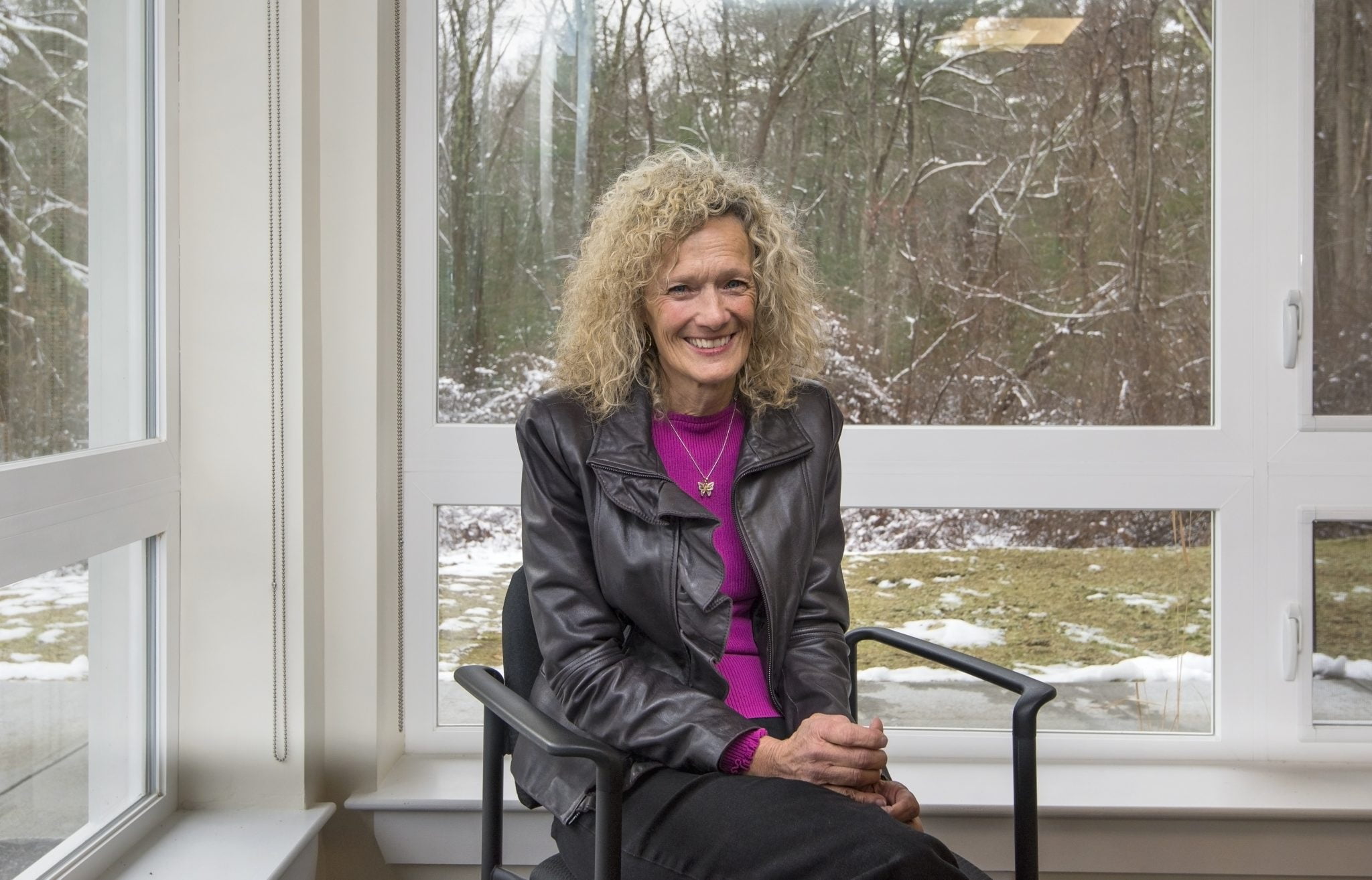In July of this year, we celebrated the thirtieth anniversary of the passage of the Americans with Disabilities Act (ADA), the first comprehensive civil rights law for people living with disabilities.
Thanks to the ADA, we’ve come to rely on a wide variety of design and technology innovations that open our public spaces and our housing to residents with mobility, sensory and other impairments – and which also benefit many of us who do not live with disabilities. Entrance ramps, curb cuts, elevators, wider door openings, reserved parking spaces, and other design elements all promote access and independence, and federal and state laws require their inclusion in new and substantially renovated buildings.
While the ADA allowed many Americans to open doors previously closed to them, the US Supreme Court magnified ADA’s impact with its 1999 Olmstead decision. Under a majority opinion authored by the late Justice Ruth Bader Ginsburg, Olmstead held states accountable to provide services in community-based settings for people with disabilities who were often forced to live in institutions due to the lack of appropriate housing and services.
In Massachusetts, disability advocates found that despite the progress made under ADA, there remained a shortage of accessible, affordable housing, making it impossible to meet the requirements of Olmstead. Further, many households living with disabilities required additional design enhancements in their homes in order to live independently. Those advocates successfully argued to the Massachusetts legislature to approve a dedicated capital program to provide affordable housing units, integrated within typical affordable housing developments, and with a high level of accessibility. In 2004, the state’s Housing Bond Bill included the brand-new Community Based Housing (CBH) program, a $25 million fund dedicated to supporting the acquisition and construction of these units.
Since that time, CEDAC has managed the CBH program, on behalf of the Department of Housing and Community Development (DHCD) and in partnership with the Massachusetts Rehabilitation Commission (MRC). Together we’ve committed $74 million to 148 projects, for a total of 473 CBH units in every region of the Commonwealth. And we’ve learned from the community of developers, architects, residents and property managers how to make the program work in urban, rural and suburban settings; new construction and renovation projects; and both multifamily and age-restricted housing. To hear about the impact of CBH on the life of one resident, click here and scroll to Michelle’s story.
This month, CEDAC proudly released our updated design guidelines for the Community Based Housing (CBH) program, developed with our partner agencies and Davis Square Architects. These new guidelines clarify and streamline the requirements to design and build CBH units, and also assist developers to plan early in their design process to include CBH units. You can find these guidelines here, and we encourage you to sign up for our free training on November 12th here. We hope to see you there.
Finally, we’d like to welcome a new partner to the CBH program. Jennifer Howell has recently assumed the new role of Disability Housing Manager at the Executive Office of Health and Human Services (EOHHS). Jennifer comes to EOHHS from the Northeast Independent Living Program, where she served as the Director of Community Supports. Jennifer will work with CEDAC, DHCD and the many developers who include CBH units in their projects, to provide front-end project certifications and assist with marketing. We wish our longtime colleague Maggie Dionne well as she continues to train Jennifer and prepares to return to retirement.






